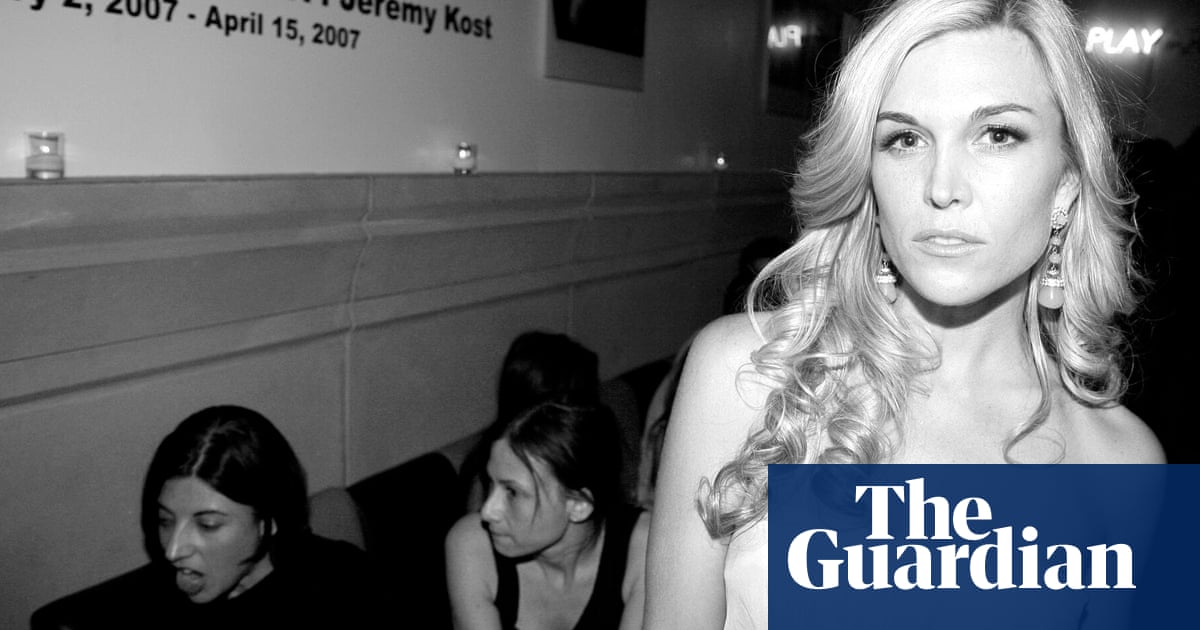
One of the most striking images from Dhaka this week has been the razing of the statue of Sheikh Mujibur Rahman, Bangladesh’s first elected prime minister, and the father of the now ousted prime minister, Sheikh Hasina Wajed. Bangladesh is a country steeped in, and a product of, modern history. To understand the significance of this toppled statue, we need to make sense of how the country got to this point.
In 1947, Pakistan comprised two territories: West Pakistan (now Pakistan) and East Pakistan (now Bangladesh). A chasm opened up between the two halves, driven in part by linguistic difference (Urdu was the national language, despite East Pakistan speaking Bengali). In 1970, Mujib, as he was known, led his party, the Awami League, to a spectacular victory in East Pakistan; he won an absolute majority (160 seats) and should have been invited to form the government of Pakistan. The Awami League had been campaigning for greater autonomy for the east; the west saw that as a potentially secessionist demand.
After the election results were announced, Gen Yahya Khan, the military ruler in charge of Pakistan, dithered: the military did not want the country’s leadership pass into the hands of the leader of the country’s eastern wing. On 25 March 1971, the military unleashed a reign of terror in the east, called Operation Searchlight. Mujib was among the first to be arrested and was jailed in West Pakistan. In the massacres that followed, Pakistani troops killed thousands of students, academics and Bengali nationalists in the first few days, and over the nine months that followed killed many more, a figure the Bangladeshi government puts at 3 million and recognises as genocide. More than 10 million refugees went to neighbouring India, which supported Mukti Bahini, the liberation movement. Then, in a reckless move, Pakistani aircraft attacked Indian airfields in December, giving India the excuse to formally enter the war. Indian troops overran East Pakistan within two weeks; Bangladesh was liberated; the refugees returned.
Mujib was released and made a triumphant return to Bangladesh. The Awami League won the first elections in Bangladesh with a thumping majority. He undertook several economic measures that western governments did not like. But by 1974 his unpopularity grew, especially after a drought that threatened to cause famine. Militia loyal to him terrorised campuses, and in 1975 he turned Bangladesh into a one-party state, banning all opposition parties. A few months later, in August, he was assassinated along with most of his family in Dhaka. Hasina and her sister Rehana survived only because they were abroad. Successive governments undermined Mujib’s role, and he would have become a footnote in history.
However, in 1981, Hasina returned to Bangladesh, and was seen as the harbinger of democracy. Wildly popular, she promised democratic reforms and change, and challenged military rule, most notably by Gen Hussain Muhammad Ershad, who took over in 1983. She ran a spirited campaign against him, joining hands with all parties, including her arch-rival Khaleda Zia – and democracy returned. I met her in 1986 in Dhaka, when as a young reporter I had spent weeks in Bangladesh. She took me to her old family home, where the staircase still carried the bloodstains of her father. She showed me around the house where her family was murdered. After she took office, over the years the house was turned into a museum. On Monday, a mob ransacked the house, setting fires inside, erasing a part of Bangladesh’s history.
One of the most striking images from Dhaka this week has been the razing of the statue of Sheikh Mujibur Rahman, Bangladesh’s first elected prime minister, and the father of the now ousted prime minister, Sheikh Hasina Wajed. Bangladesh is a country steeped in, and a product of, modern history. To understand the significance of this toppled statue, we need to make sense of how the country got to this point.
In 1947, Pakistan comprised two territories: West Pakistan (now Pakistan) and East Pakistan (now Bangladesh). A chasm opened up between the two halves, driven in part by linguistic difference (Urdu was the national language, despite East Pakistan speaking Bengali). In 1970, Mujib, as he was known, led his party, the Awami League, to a spectacular victory in East Pakistan; he won an absolute majority (160 seats) and should have been invited to form the government of Pakistan. The Awami League had been campaigning for greater autonomy for the east; the west saw that as a potentially secessionist demand.
After the election results were announced, Gen Yahya Khan, the military ruler in charge of Pakistan, dithered: the military did not want the country’s leadership pass into the hands of the leader of the country’s eastern wing. On 25 March 1971, the military unleashed a reign of terror in the east, called Operation Searchlight. Mujib was among the first to be arrested and was jailed in West Pakistan. In the massacres that followed, Pakistani troops killed thousands of students, academics and Bengali nationalists in the first few days, and over the nine months that followed killed many more, a figure the Bangladeshi government puts at 3 million and recognises as genocide. More than 10 million refugees went to neighbouring India, which supported Mukti Bahini, the liberation movement. Then, in a reckless move, Pakistani aircraft attacked Indian airfields in December, giving India the excuse to formally enter the war. Indian troops overran East Pakistan within two weeks; Bangladesh was liberated; the refugees returned.
Mujib was released and made a triumphant return to Bangladesh. The Awami League won the first elections in Bangladesh with a thumping majority. He undertook several economic measures that western governments did not like. But by 1974 his unpopularity grew, especially after a drought that threatened to cause famine. Militia loyal to him terrorised campuses, and in 1975 he turned Bangladesh into a one-party state, banning all opposition parties. A few months later, in August, he was assassinated along with most of his family in Dhaka. Hasina and her sister Rehana survived only because they were abroad. Successive governments undermined Mujib’s role, and he would have become a footnote in history.
However, in 1981, Hasina returned to Bangladesh, and was seen as the harbinger of democracy. Wildly popular, she promised democratic reforms and change, and challenged military rule, most notably by Gen Hussain Muhammad Ershad, who took over in 1983. She ran a spirited campaign against him, joining hands with all parties, including her arch-rival Khaleda Zia – and democracy returned. I met her in 1986 in Dhaka, when as a young reporter I had spent weeks in Bangladesh. She took me to her old family home, where the staircase still carried the bloodstains of her father. She showed me around the house where her family was murdered. After she took office, over the years the house was turned into a museum. On Monday, a mob ransacked the house, setting fires inside, erasing a part of Bangladesh’s history.












